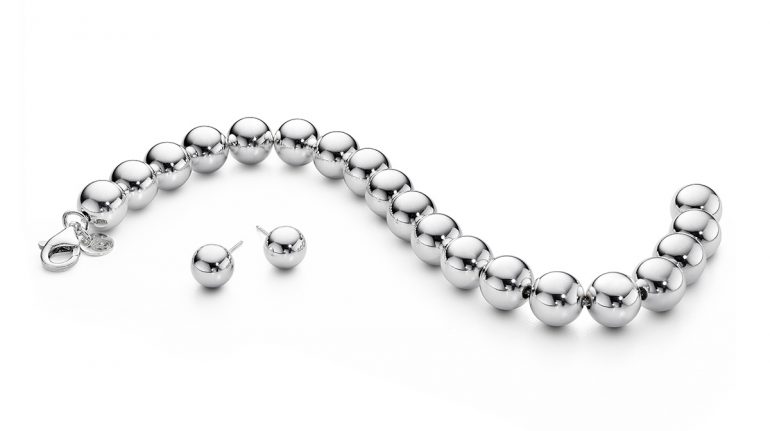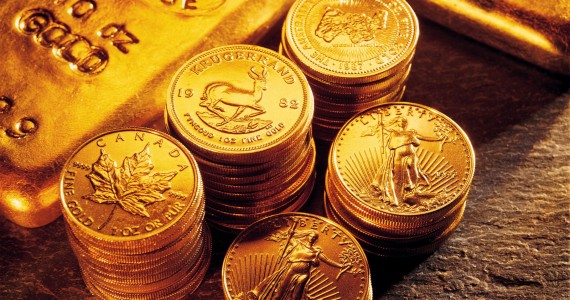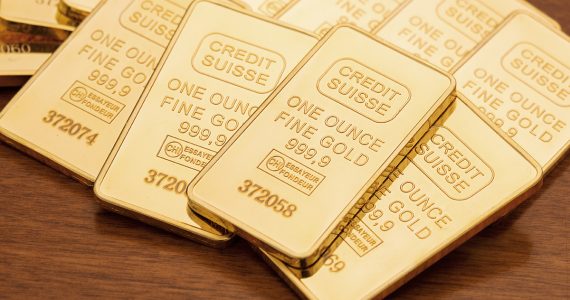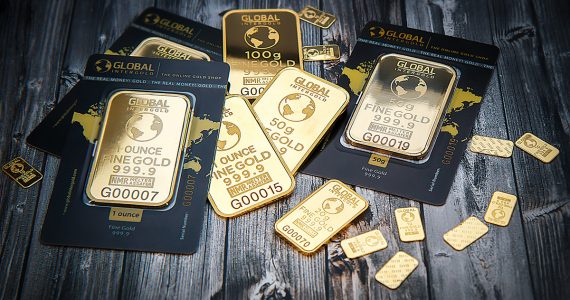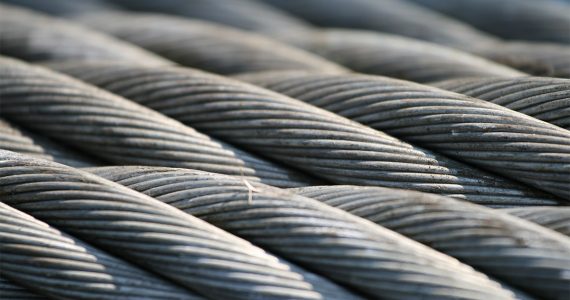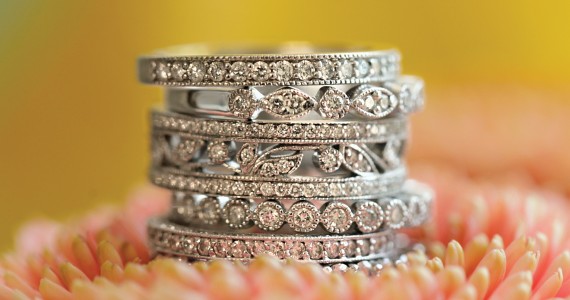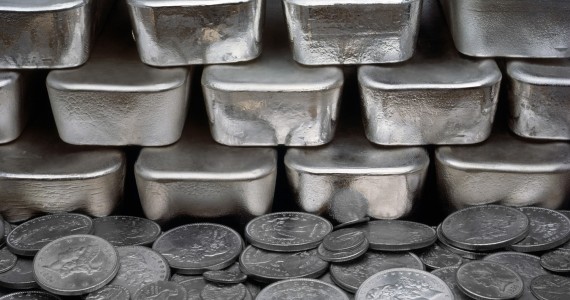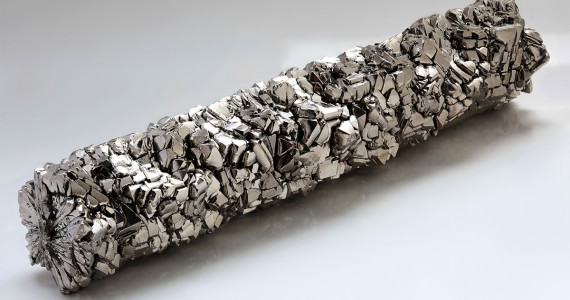Gold and silver may be sister metals but these are as different from, well, gold and silver. While most of the gold production is used in jewelry and bullions, most of the silver production is used in commercial and industrial applications – or in other words, silver is a more practical metal than gold will likely ever be. Silver is used in nearly every electronic device from cellphones to home appliances, as well as in industrial applications like solar panels, telescopes, glass.
While the functionality of silver has its merits, it has its disadvantages, too. During a recession when economic production decreases, the demand for silver and its price usually falls so getting the desired return on investment can be challenging. For this reason, silver isn’t a great investment where downside portfolio protection is concerned, a known fact among investors that also apply to palladium and platinum.
But if you’re an opportunistic investor, you will likely find that silver investments are an excellent way of earning money! Since it’s more volatile than gold – and long-term investors consider volatility a good thing, by the way – you can make more money by selling silver ETF options.
But there are similarities between gold and silver, too. For example, silver valuation follows a similar approach as gold valuation. Basically, you should be aware of the current AISC silver per ounce, make careful comparisons of the current price to its inflation-adjusted price, and pay attention to the real interest rates of other safe investments like savings accounts in banks.
With that being said, how is silver compared to gold in terms of value (i.e., gold-to-silver ratio).
The Traditional Ratio
Historically speaking, gold has always been significantly more valuable than silver – the yellow metal is traditionally valued at 10 to 20 times more than the white metal. But there have been exceptions to the rule, of course, throughout history but for the most part, the general ratio has remained, from the ancient Greeks, Chinese and Romans to the modern-day Wall Street mavericks.
For a time during the reign of Napoleon Bonaparte and the United States’ early years, the gold-to-silver price ratio was actually set at approximately 15-to-1. There was even a time when the average ratio was 50-to-1, among the highest in centuries of use of these precious metals, although there were also variations from 100-to-1 to 10-to-1. Such extreme variations isn’t surprising as gold is volatile but silver is even more volatile.
Generally speaking, the gold-to-silver ratio would increase when the prices of these precious metals were cheap in comparison with their historical average. The ration would increase, for example, to 50-to-1 and, in some cases, even peak to 100-to-1.
At present, we can confidently say that the ratio is at 86-to-1.
The Silver Paradox
Aside from the wide disparity in value between gold and silver, there’s also the matter of these precious metals’ quantity below and above ground, particularly in terms of their circulation.
Silver is 20 times more abundant in the Earth’s crust (i.e., below ground) than gold. But it’s also 20 times less abundant than gold above ground (i.e., available for use or in circulation). Why the disparity?
For one thing, central banks and national governments don’t hoard silver in their vaults – gold, after all, is the basis of currency, so to speak. Even when silver is in their vaults, it’s in significantly smaller quantities than gold.
For another thing, silver is dispersed in a wide array of products from electronics, medical supplies, and silverware to jewelry. Sadly, most of the silver components in these products will be thrown away once these are of little to no use, as is the case for electronics like kitchen appliances and cellphones. In contrast, gold in large quantities aren’t thrown away for obvious reasons.
For these reasons, it’s difficult to give a good estimate of the overall quantity of silver above ground but it’s easy to ask the experts for the quantity of gold and get a number that most will agree with.
Silver investments have their merits so it isn’t surprising that investors add the precious metal as a way to diversify their portfolio. But there are also some critics including Warren Buffett that has cast shade over it. At one point, he even said that gold and silver has no utility – it’s dug out of the ground, melted down, and buried again before people will stand around guarding it, a matter that will make Martians scratch their heads in bewilderment.
But don’t let these words discourage you either from investing in silver. Buffett himself invested it but as the savviest of investors that he is, he made sure to profit from it handsomely. The trick is in buying silver when it’s cheap and then wait for it to appreciate in price before selling for a profit.

